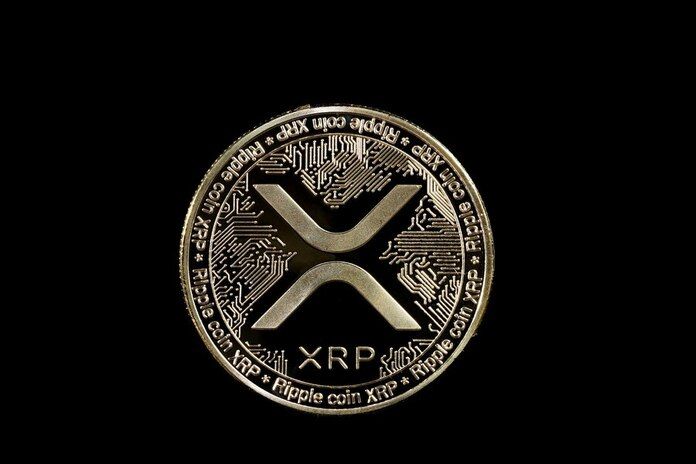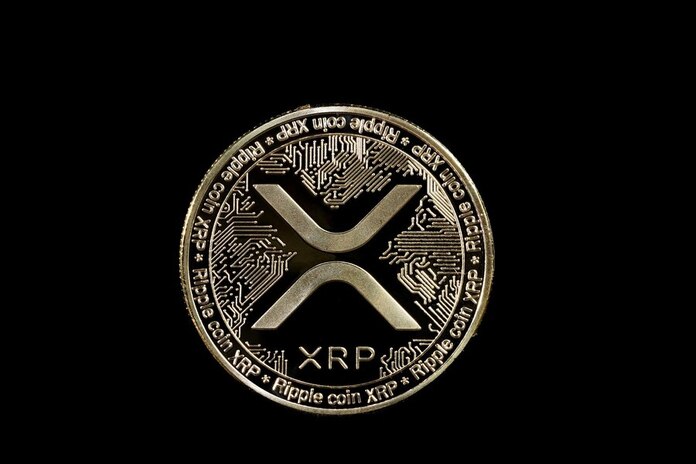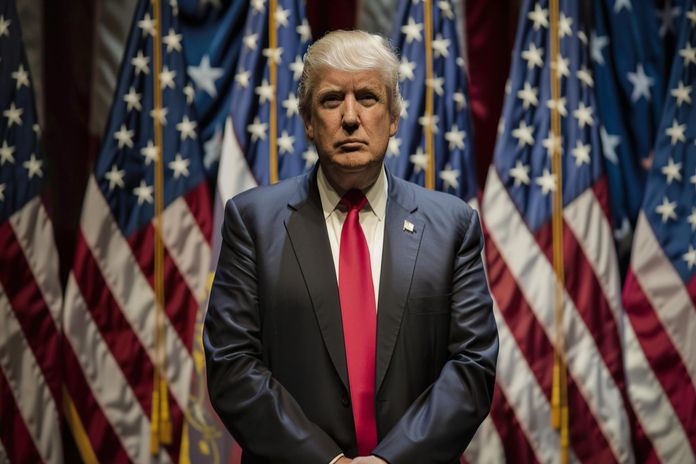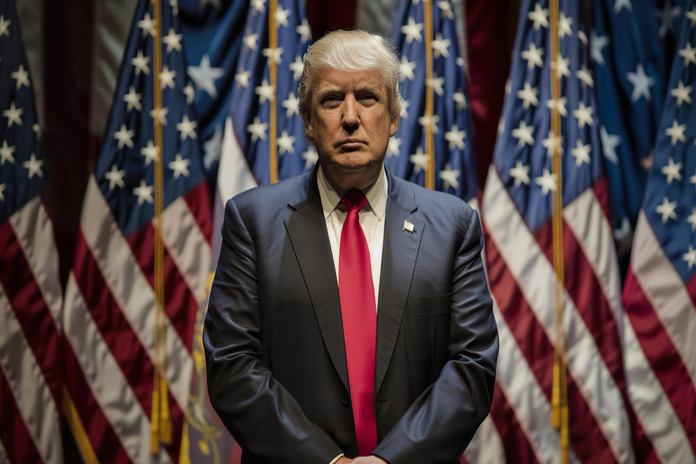Coinbase Stock Forecast: 3 Catalysts After GENIUS Act
Written by Stephanie Bedard-Chateauneuf on . Posted in Cryptocurrency.
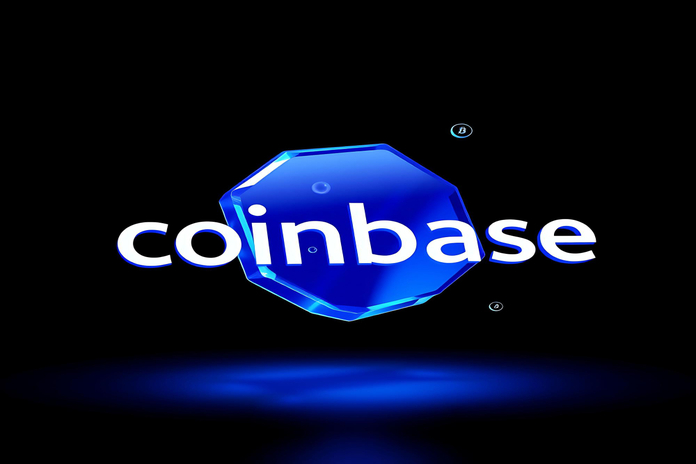
The recent passage of the GENIUS Act marks a pivotal moment in crypto regulation—and Coinbase stock (NASDAQ:COIN) stands to gain significantly. With a new legal framework around stablecoins now in place, institutional confidence is climbing, and investor interest in Coinbase is reaching new highs. This Coinbase stock forecast explores whether COIN is a buy, sell, or hold as the market digests these groundbreaking changes.
GENIUS Act Fuels Stablecoin Surge and Coinbase Momentum
Signed into law by President Donald Trump, the GENIUS Act creates a stablecoin framework requiring full reserve backing, real-time redemption, and strict transparency standards. Analysts call it the foundation of a new “Web3 economy”—and Coinbase is one of its primary beneficiaries.
Platforms that combine stablecoin infrastructure with decentralized finance (DeFi) integration—such as Coinbase and privately held Circle—are well positioned for growth. Coinbase’s regulatory compliance, existing user base, and stablecoin integration tools make it a central pillar in the emerging digital dollar ecosystem.
Why the Coinbase Stock Forecast Just Got Better
Aside from regulatory clarity, there are three major catalysts strengthening the bull case for Coinbase stock (NASDAQ:COIN):
1. ETF Custodian Role Validates COIN’s Core Business
Coinbase serves as custodian for the majority of crypto ETFs currently on the market, managing assets exceeding $120 billion. These funds are attracting major institutional investors, signaling a broader shift in mainstream crypto acceptance. According to Coinbase CFO Alesia Haas, corporate treasuries and even sovereign entities have begun accumulating Bitcoin (CRYPTO:BTC), highlighting the growing reliance on Coinbase’s infrastructure.
2. Deribit Acquisition Expands Derivatives Market Reach
Coinbase’s $2.9 billion acquisition of Deribit, the world’s leading crypto options platform with a 75% global market share, is its largest deal to date. With over $30 billion in open interest, this move gives Coinbase a dominant position in the crypto derivatives space—an area that accounts for approximately 75% of all crypto trading volume.
3. Crypto-as-a-Service Gains Institutional Traction
Coinbase now powers crypto operations for over 200 financial institutions. Its turnkey service model makes it easier for banks, fintechs, and investment firms to offer crypto products to clients. As Wall Street grows more comfortable with blockchain technology, Coinbase is increasingly becoming the go-to infrastructure partner.
Analyst Ratings: Mixed Outlook with Upside
Among 31 analysts covering Coinbase, the sentiment is split:
14 rate it a “Strong Buy”
1 rates it a “Moderate Buy”
14 recommend “Hold”
2 suggest “Strong Sell”
Despite strong catalysts, the average price target sits at $341, which is roughly 14% below the current price. This may reflect concerns about valuation or macroeconomic uncertainty, but it also suggests analysts see room for recalibration as new data rolls in.
Final Verdict: Is Coinbase Stock a Buy?
Based on the latest Coinbase stock forecast, COIN appears to be well-positioned for long-term growth. The GENIUS Act provides long-awaited clarity, institutional adoption is accelerating, and strategic acquisitions are plugging key revenue gaps.
Investors should monitor upcoming earnings, regulatory updates, and adoption metrics—but overall, Coinbase is transitioning from speculative play to infrastructure backbone of the new crypto economy. For long-term believers in digital assets, Coinbase stock (NASDAQ:COIN) remains a strong contender in any crypto-focused portfolio.



